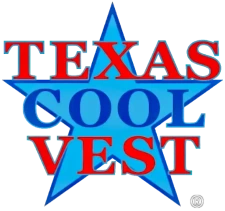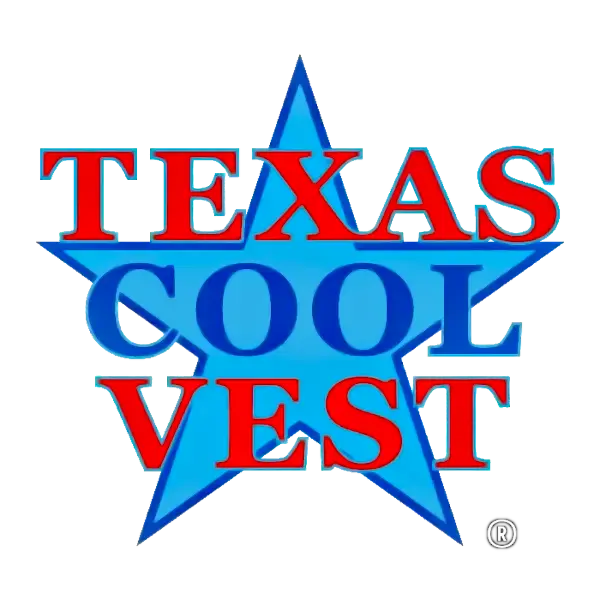Stay Aware of the Weather, Your Environment and How You Feel

Awareness
Pay attention to the weather and the forecast. Summer is always hot but during the hottest months heat advisories are often released to let you know of elevated risk of heat induced illness.
Look at the CDC Heat Tracker to see if your area is experiencing temperatures that can cause heat exhaustion.
Know what populations are more vulnerable to heat exhaustion:
- Infants, young children and senior citizens over the age of 65 are particularly vulnerable the heat
- Overweight, diabetics and people heart disease, high blood pressure or take prescription medications
- People who often overexert themselves during work or exercise
Ensure that you and your coworkers are knowledgeable about the early signs of heat exhaustion such as heavy sweating, weakness, dizziness, headache and nausea. Heat exhaustion if not caught and treated can progress quickly to heatstroke which is deadly.
Use the Buddy System: have a friend or co-worker monitor your behavior for symptoms of heat illness and you do the same for them.
Take Precautions To Protect Yourself and Others
Eating and Drinking
Stay hydrated! Drink water continuously throughout the day even when you are not feeling thirsty. By the time you are feeling thirsty you have already lost plenty of water.
Drink sport drinks occasionally instead of water to replace any lost electrolytes from sweating. If you have been advised by your medical professional to avoid sodium in your diet, ask them what you can do to replenish your electrolytes.
Avoid caffeine, energy drinks and alcohol. All of these drinks are diuretics and cause your body to lose water and contribute to dehydration.
Avoid heavy meals that are hard to digest. Heavy meals draw blood to your stomach and away from helping your body stay cool. Also avoid hot meals that will raise your internal body temperature. Eat small, cool (in temperature meals).
Dress appropriately for the weather and hot working conditions
Wear loose-fitting, lightweight, breathable clothing that can help dissipate heat. Select light colored clothing that reflects sunlight.
Wear a wide brimmed hat, use sunscreen and utilize items such as umbrellas or tents to protect yourself from the sun.
If you work in an environment where you are at risk for heat illness, consider getting personal protective equipment that can help mitigate the heat and reduce your risk of injury.
Cooling vests can help assist in keeping your body temperature in a safe range in hot weather and other extreme heat environments. Texas Cool Vest has several cooling vest options for any situation or occupation.
Take a Break
Take regular breaks in cool or shady areas out of the heat to help rest your body and lower your body temperature. Drink cool water, sit down and stay out of direct sunlight during this time.
Schedule your activities and try to schedule working around the hottest periods of the day. For example try to avoid working in a low ventilation attic outside of the early morning or night hours.
Location Based Precautions
Portable fans and coolers can be helpful in reducing the heat in low airflow rooms and buildings if placed appropriately. Place the fans in a way that moves hot air in the room out and cooler air from outside the enclosed area in. Having a fan blowing on you personally inside of a hot area may give a false sense of security as it isn’t cooling your body temperature down or lowering the temperature of the room.
Delivery drivers are at higher risk of heat illness than the general population due to the nature of the trucks that they are working in. Vehicle temperatures that are not air conditioned can easily reach temperatures in excess of 120 degrees fahrenheit particularly in the storage area that has no airflow.
If the power, or Air Conditioning goes out at your home during the summer, go to another location to stay cool while waiting on repairs. You could go to a friend or family member’s house or to a place that is open to the public such as the public library. Often cities and counties will open cooling stations that are open to the public during heat waves and heat advisories.
Remember, heat exhaustion can progress to heatstroke, which is a medical emergency. If someone shows signs of confusion, loses consciousness, or has a high body temperature (above 103°F or 39.4°C), call for emergency medical assistance right away.
By following these simple steps and looking out for each other, you can create a safer work environment and reduce the risk of heat-related illnesses. Stay safe and take care!
Resources used for this article that you can consult for further information of protecting yourself from heat illness:

